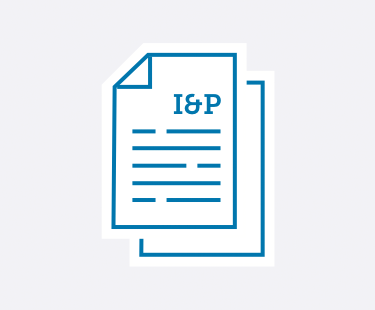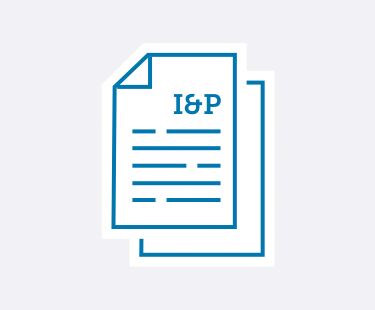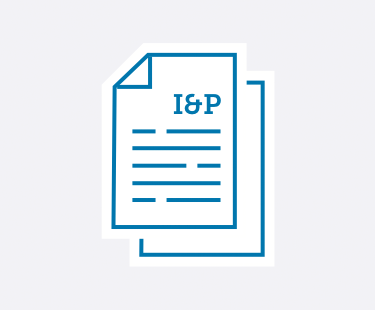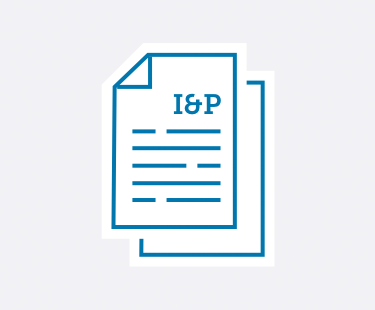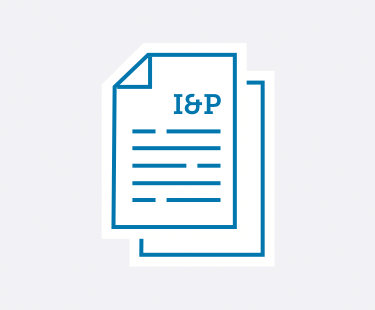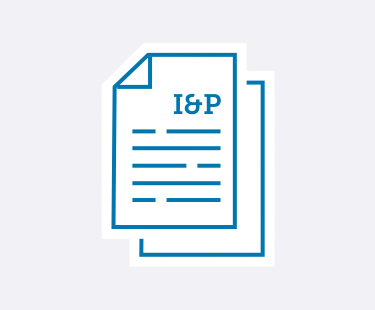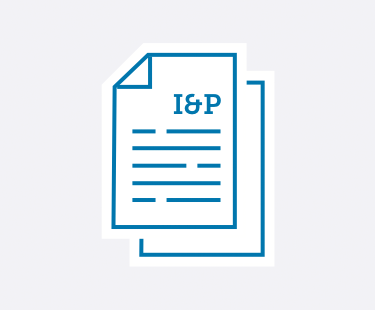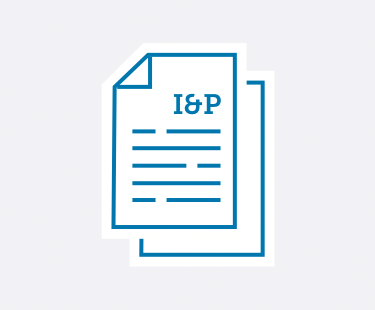

Learn practical strategies to handle emerging trends and leadership challenges in private schools.
No matter if you’re a School Head, Admission Director, Development Director, Board member, or any other private school administrator—Ideas & Perspectives®, ISM’s premier private school publication, has strategic solutions for the pervasive problems you face.
- Tuition not keeping pace with your expenses? In I&P, explore how to use strategic financial planning to create your budget and appropriately adjust your tuition.
- Enrollment dropping off? Discover how to implement the right admission and enrollment management strategies that engage your community—and fill your classrooms.
- Trouble retaining teachers? Learn how you can best support your teachers using ISM’s Comprehensive Faculty Development framework. Your faculty members will become more enthusiastic about their roles—which ultimately improves student outcomes.
- Fundraising campaigns not as successful as you’d hoped? Implement ISM’s practical advice and guidance to build a thriving annual fund, construct an effective capital campaign, and secure major donors—no matter your community size or location.
- Not sure how to provide professional development—for you and your staff? Learn ways to develop and fund a successful professional development strategy. You can improve teacher-centered satisfaction and growth, which in turn strengthens student-centered learning.
- Problematic schedule? You can master the challenges of scheduling with the help of ISM’s practical advice, based on our experience with hundreds of schools and our time-tested theories.
- And so much more.
I&P has shared targeted research, up-to-date insight, and sound theory with school leaders since 1975. More than 8,500 private school decision-makers find the answers to their schools’ administrative and governance matters in our advisory letter. We give you the strategic answers you need.
As an ISM Silver or Gold member, you not only receive issues online and in print 10 times a year, but you have access to 900+ articles in our web archive. Need help? It’s at your fingertips! Learn more and sign up for ISM's membership here.
Search
See the articles from our latest issue of Ideas & Perspectives.
How Do You Know If Your School Is Ready to Plan a Campaign?
Volume 43 No. 15 // November 26, 2018
Private-independent schools of any enrollment size, grade configuration, or operating budget are most likely to succeed with campaigns when the following (not all-inclusive) characteristics are in place well before the public phase is launched. You, as Board Chair, Development Committee Chair, School Head, or Development Director, should consider the following as you look forward to your next (or first) campaign.
1. Already a member? Click here to login.
2. Not a member? Click here to become a member.
3. Not sure? We'll help you figure it out.
Strategic Board Structure and Trustee Turnover
Volume 43 No. 14 // November 6, 2018
You, as Board President or Chair of the Committee on Trustees, may be aware that the heaviest-weighted of the ISM Stability Markers® (Fifth Iteration) is Letter A, the “Strategic Board,” valued at 24 points out of the 147-point Stability Marker array. Those 24 possible points are derived from the Board’s self-score on the Strategic Board Assessment II, an instrument summarizing the elements which, according to ISM data and studies, correlate most strongly with institutional sustainability. (By reviewing the scoring system for the Strategic Board Assessment II, you can see the research-informed weighting of the items and infer which of the 15 items correlate most strongly to the Board-driven ISM Stability Markers.) Keep these core elements in mind when considering Trustee turnover on the Board.
1. Already a member? Click here to login.
2. Not a member? Click here to become a member.
3. Not sure? We'll help you figure it out.
Private Education Is Not Inherently Better Than Public Education: A Call to Step Up Your Game
Volume 43 No. 14 // November 6, 2018
Why do parents choose a private school? The top answers that have stood the test of time include “a safe, caring environment” and “high-quality academics.” Delivering on these two qualities comprises most of the value proposition for parents. In providing value to parents, we have benefite...
1. Already a member? Click here to login.
2. Not a member? Click here to become a member.
3. Not sure? We'll help you figure it out.
Improve Your Digital Marketing With Family Personas
Volume 43 No. 14 // November 6, 2018
As the Marketing Communications Director, you know that, no matter what type of school you have—day or boarding, single-sex or coed, faith-based or secular—your families are diverse. Your students and parents have different backgrounds, interests, and—most important—motivations for choosing a private-independent school.
1. Already a member? Click here to login.
2. Not a member? Click here to become a member.
3. Not sure? We'll help you figure it out.
What to Do—and What Not to Do—in an Era of Soft, Flat, or Declining Enrollment
Volume 43 No. 14 // November 6, 2018
As School Head, you know your private-independent school is situated in a market expanding with new sources of K–12 competition. Craft a strategy now, well before enrollment pressure results in a budget shortfall, to achieve your annual budgeted enrollment goals. Be aware, however, that so...
1. Already a member? Click here to login.
2. Not a member? Click here to become a member.
3. Not sure? We'll help you figure it out.
Calculating Your School’s Score on ISM Stability Marker No. 4: Hard Income
Volume 43 No. 13 // October 15, 2018
Confusion exists on the issue of a desirable level of coverage of operations expense with hard income. ISM hears frequently a reference to 85% as some sort of norm or even benchmark.
1. Already a member? Click here to login.
2. Not a member? Click here to become a member.
3. Not sure? We'll help you figure it out.
How to Create a Toxic Faculty Culture
Volume 43 No. 13 // October 15, 2018
ISM research has long demonstrated the strong correlation between a healthy faculty culture and student performance, satisfaction, and enthusiasm. We know that a healthy school culture is the result of: students receiving the appropriate balance of predictability and support from their teachers; teachers experiencing predictability and support from their school leaders; and the Head receiving these from the Board.
1. Already a member? Click here to login.
2. Not a member? Click here to become a member.
3. Not sure? We'll help you figure it out.
The Second Stage of the Donor Cycle: Engage
Volume 43 No. 13 // October 15, 2018
Your Development Team has taken the first step in the Donor Cycle—identifying prospects. The next step is to engage them, bringing them into a closer relationship with the school.
1. Already a member? Click here to login.
2. Not a member? Click here to become a member.
3. Not sure? We'll help you figure it out.
Estimating Next Year’s Enrollment
Volume 43 No. 13 // October 15, 2018
Each fall, some schools face self-created shortfalls. They overestimated enrollment when setting the budget last winter. Overeager Trustees may have hoped or believed that setting high enrollment estimates would spur the administration into finding more students than is reasonable. The resulting deficits can place significant financial pressures on an institution, requiring last-minute cuts in the areas most important for attracting and retaining families—personnel and program.
1. Already a member? Click here to login.
2. Not a member? Click here to become a member.
3. Not sure? We'll help you figure it out.
International Student Program Certification: Always Be Prepared for an Onsite Audit
Volume 43 No. 12 // September 25, 2018
An inspector from the Student and Exchange Visitor Program (SEVP) and the Department of Homeland Security arrives at your school’s front desk.1 The inspector asks to speak with the Principal Designated School Official (PDSO) or Designated School Officials (DSO) about the international students attending the school. Those at the front desk may not even know what all the acronyms represent.
1. Already a member? Click here to login.
2. Not a member? Click here to become a member.
3. Not sure? We'll help you figure it out.


